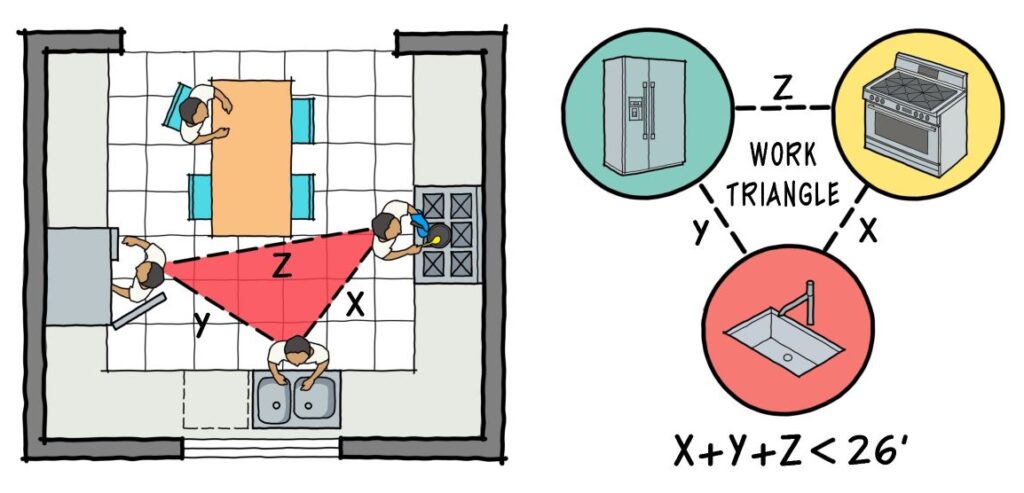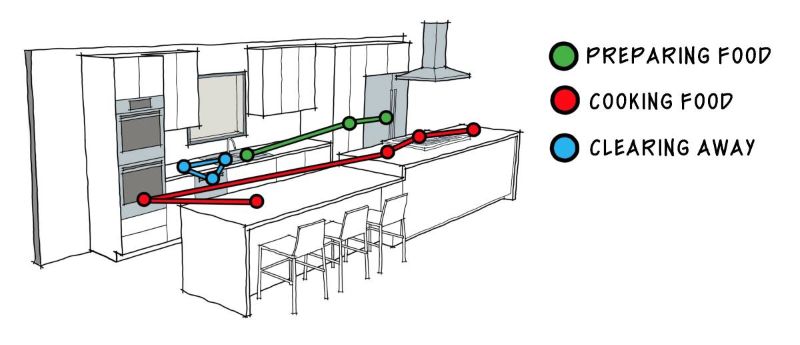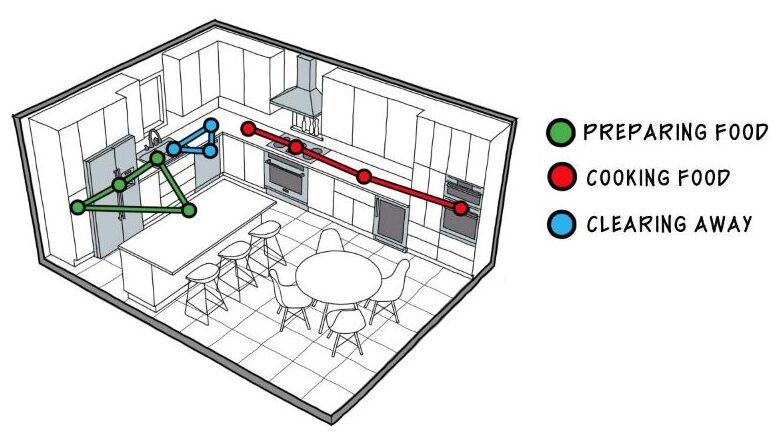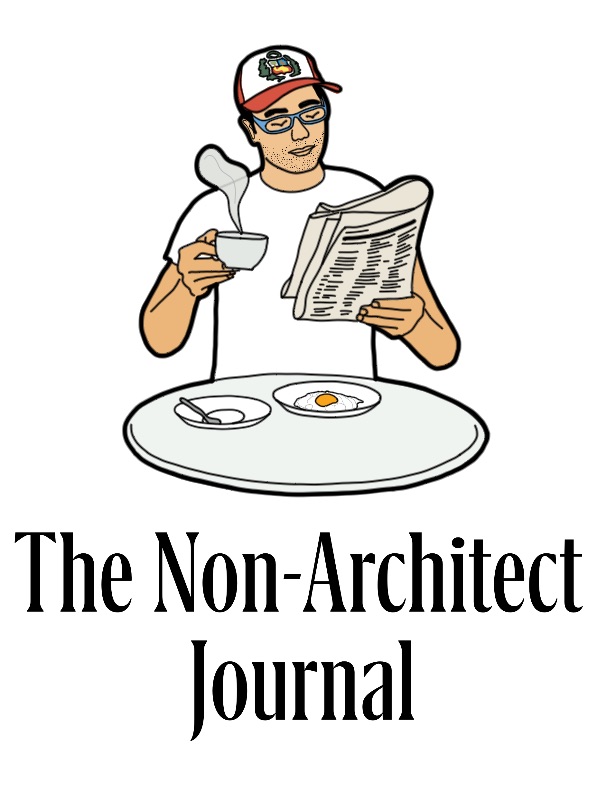The Kitchen Triangle Trap
Don’t Let This Old Rule Limit Your Creativity
A well-planned kitchen simplifies cooking by minimizing unnecessary steps and organizing things efficiently. The traditional kitchen triangle was built around three key tasks: storing food, washing, and cooking. For decades, this was considered the formula for a functional space.

But here’s the question: Is cooking today really that simple?
With modern appliances, specialized storage, multiple cooks, and kitchens doubling as social hubs, the triangle starts to feel a little limited. For example, where does coffee fit in? Or baking? Or entertaining? These daily rituals often demand their own zones.

The triangle still works, especially in small kitchens where efficiency is everything. Yet as kitchens grow larger and more open, there is much more freedom to move beyond the triangle and design flexible zones: a prep zone with easy knife access, a cooking zone anchored by the range, a cleaning zone with space for dish storage, or even a social zone around the island.

So should we always design around the triangle, as some social media posts suggest? The short answer is NO. Understand its advantages and disadvantages, but don’t let one old rule dictate your design. Instead, observe how people truly use the kitchen. Do they cook together? Do they entertain often? Do they need space for kids’ homework, morning coffee, or even a wine bar? The flow of movement between zones should reflect real life, not just tradition.
Kitchens are no longer just about cooking, they are about how we live, gather, and connect.


